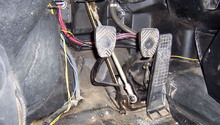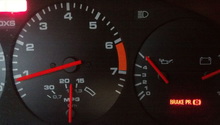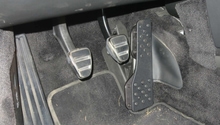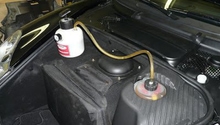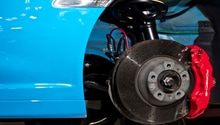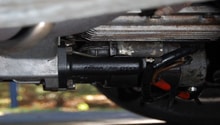Porsche 997: Why Does My Brake Pedal Go to the Floor?
The brake system is one of those systems that needs to work 100% of the time. But sometimes, like any other mechanical system, it doesn't. Here are some possible causes.
This article applies to the Porsche 911 997 (2005-2012).
Even though cars have been around for quite some time now, and complex systems have been added such as ABS and traction control, the brake system is still fundamentally a hydraulic system. If you know anything about basic hydraulic principles, then you will understand that it is a fluid operated system, controlled by pressure being applied to that fluid, which then actuates a component. To avoid getting too crazy, that is it in its simplest form.
But what happens when it doesn't work right? If you decide to diagnose the problem on your own, knowing these basic concepts will help in figuring out just what might be causing the issue. Here are some ideas you can use as starting points to help resolve this problem.

Materials Needed
- Brake bleeding device (Power, vacuum, or willing assistant)
Step 1 – Check the level of brake fluid in the reservoir
Yes, this sounds very obvious, but it possible that it's been a while since you have checked and it might just be possible that it's running low. The other reason you want to check is because if you just so happen to have developed a leak somewhere in your brake system, this could be the first indication that there is something else that is wrong.
Give it a quick check and at least, if anything, you will eliminate it immediately from your list. Plus, it probably is the quickest part of the brake system you can check.
Step 2 – Check around your car for brake system leaks
If you check the brake fluid reservoir and happen to find it low, or even if the level is where it should be, go ahead check the around the brake system components and also where all the fittings connect for leaks or signs of wetness caused by brake fluid. It won't necessarily be a huge amount of fluid that is leaking out, but even a very small leak can cause problems with your brake system. Remember, it is a hydraulic system and relies on the buildup of pressure in order to function properly. If there is even a tiny leak, it won't allow enough pressure to build up and will cause the pedal to have to be pressed harder to build up sufficient pressure to operate.
Some of the major components you will want to check around are the brake calipers, brake master cylinder and booster assembly, and the ABS pump.
(Related Article: Porsche 997: How Can I Tell if My Brake Calipers Need to be Rebuilt? - Rennlist.com)
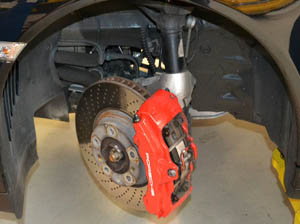
Figure 2. Porsche 911 997 brake caliper. Figure 3. Brake master cylinder and booster assembly. 
Figure 4. ABS pump.
Step 3 – Look to see if the ABS warning light is on
When you start your car, it goes through a series of initial checks. One of the checks that it does is run through the ABS system and make sure that all of its components are responding and working correctly. If an ABS sensor is not working correctly, the ABS warning light will stay illuminated once the checks are completed. This is an indication that something is wrong with ABS system.
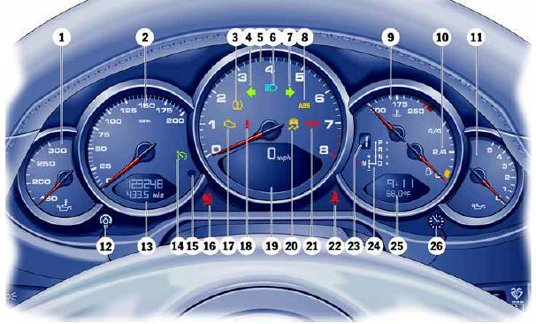
If a sensor or some other component of the ABS system is not functioning correctly, it could affect the hydraulic operation of the brake system.
Pro Tip
It's possible that the ABS warning light is burned out. Having the car checked with a computer by a dealer or independent repair shop to make sure this isn't the case is recommended.
Step 4 – Bleed or flush the brake system
Air in the brake system, old brake fluid, or even incorrect brake fluid can cause the brake system not to work correctly. To eliminate this as an issue, it is always a good idea to perform bleeding of the brake system or even go as far as to flush the brake system and make sure all new fluid is in it. After all, it is regularly scheduled maintenance. Failure to do this at the scheduled times can result in malfunction of the system.
Also keep in mind that if you have a manual transmission car then the clutch hydraulic system is integrated into the brake hydraulic system. It is necessary to bleed the clutch system at the same time as bleeding the brake system.
(Related Article: Porsche 997: How to Bleed Your Brakes - Rennlist.com)
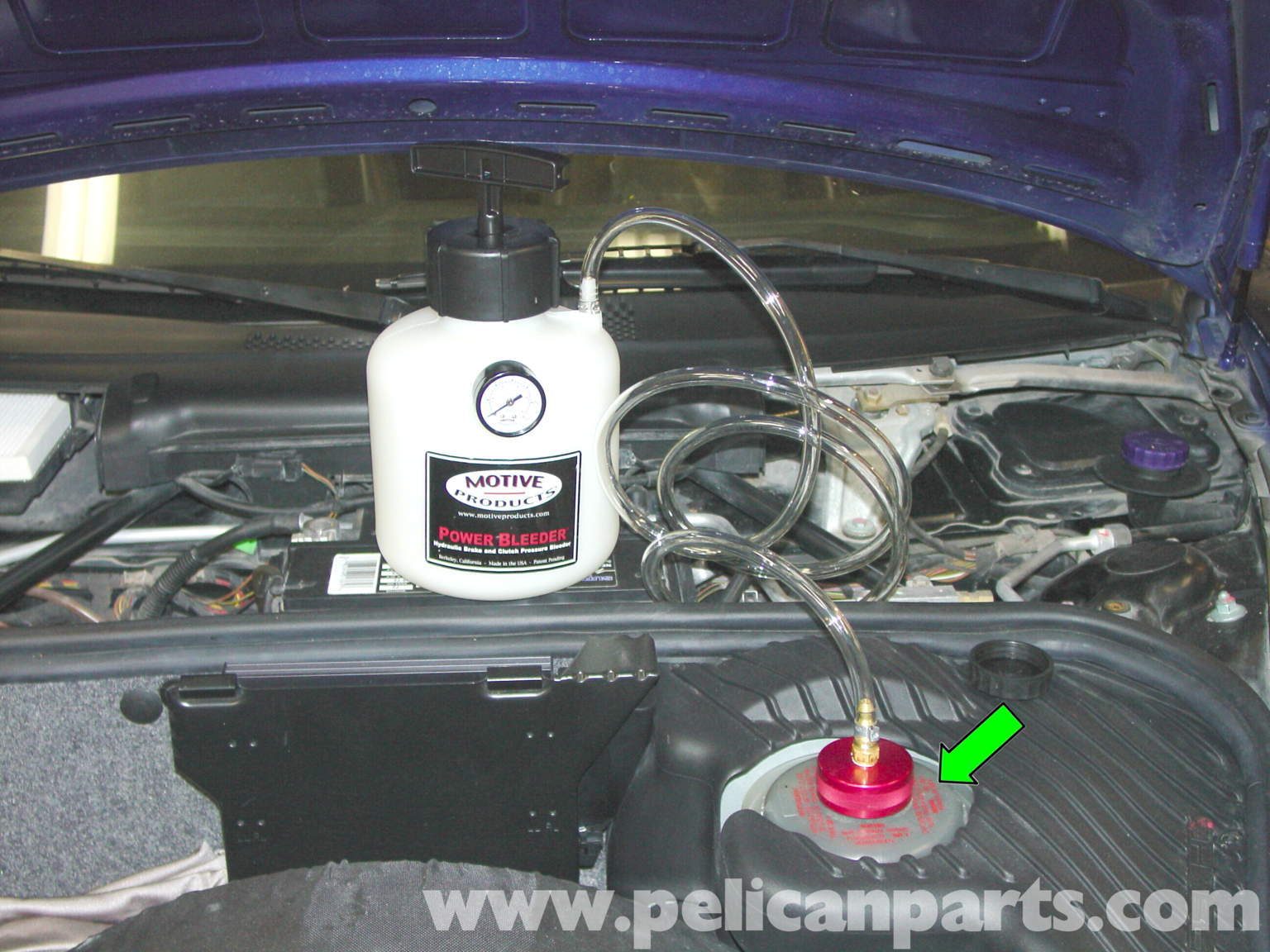
Step 5 – Check brake pads and rotors for serviceability
The brake pads and rotors are required to be within a minimum thickness in order to work correctly. If they are at or beyond their minimum thickness, this could cause the hydraulic part of your brake system to work harder and not function correctly. Another problem with the brake pads and rotors being at or beyond their minimum thickness is that they will build up heat much quicker. Heat and your brake system will never mix well for proper operation and could possibly cause your pedal to feel soft.
(Related Article: Porsche 997: How to Replace Brake Pads/Calipers/Rotors - Rennlist.com)

Pro Tip
Having the proper tools is necessary to check the brake pad and rotor thickness to ensure you are getting accurate measurements.
Related Discussions and Site
- Sinking Brake Pedal - Rennlist.com
- Help With Brakes - Rennlist.com
- Soft Brake Pedal After Pad and Rotor Change - Rennlist.com
- How to Bleed Porsche 997 Brakes - Pelicanparts.com

